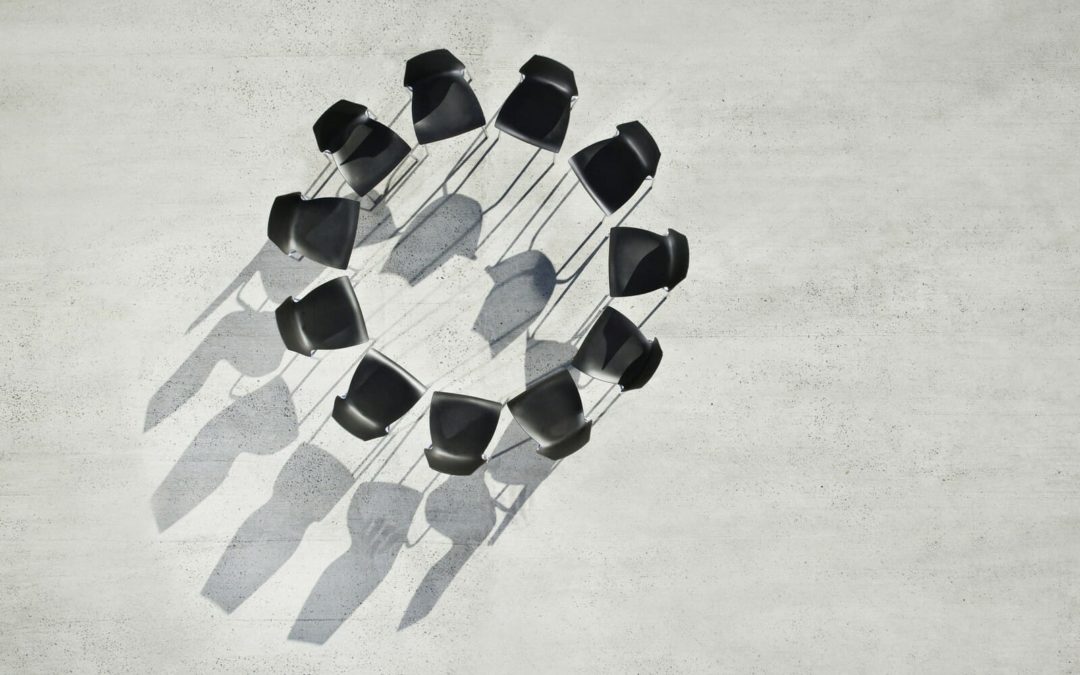Teenage and young adult years are often when self-harm behaviors develop. Mental health challenges, navigating emotions, and environment each contribute to such behavior. It can be disheartening and painful to find out that your child is inflicting harm upon themselves.
If you are concerned that your child is engaging in self-harm, there are a few things that you should understand that will guide you to take the proper steps towards helping your child.
What Is Self Harm?
Self-harm is the act of a person intentionally causing physical damage to their body. Self-harm is not an illness but a maladaptive coping mechanism for an individual with emotional distress. Mental disorders such as depression, body dysmorphia, anxiety, and borderline personality disorder can co-exist with self-harm.
During the adolescent years, many stressors can weigh on your child. Teens typically deal with stress from school, family issues, peer relationships, and hormonal changes. Upon graduation, teens come closer to the reality of having to figure out their next step after high school.
Why Do Teens Self-Harm?
There are many different reasons teens may harm themselves, and there is no discrimination across race, socioeconomic status, or culture. As a parent, you may ask yourself why teens want to harm themselves? Although every child has their reasons, here are a few of the most common:
- They want to bring punishment to themselves
- To show a sign of needing help
- Bring a feeling of something other than numbness, even if it is a pain
- Have control over one’s body
- Release intense feeling
Risk factors that can serve as potential engagement in self-harm include:
- Children abused or have intense trauma
- Low-self esteem
- Bullying
- Mental health issues
- Substance use
Self-harm is not always a sign that your teen intends to kill themselves. Non-suicidal self-injury is deliberately inflicting physical damage to one’s own body without the intention of suicide. It is important to note that although self-harm is not always a sign of wanting to commit suicide, those who do engage in self-harm are at a higher risk for suicide. For most individuals, it is a way to bring physical pain reflective of their emotional pain.
Warning Signs
People who self-injure are often discrete and have specific ways of hiding their scars or injuries. The most common areas of the body that people tend to self-harm are the arms, wrist, legs, and torso. Teens may wear specific clothing to hide scars, such as wearing long-sleeve shirts to cover their arms. Other warning signs include:
- Burn or cut marks that are consistent on specific areas of the body
- Bruises from head banging or self-hitting
- Their peers or friends engage in self-harm behaviors
- Finding sharp objects in their possession
- Explosive anger that leads to them taking it out on themselves
- Mood changes
- Making excuses to explain visible injuries
Individuals may have a specific preference for how they prefer to self-injure. If you notice any unusual behaviors displayed by your teen that cause concern for self-harm, know that there are treatment options available.
Treatment Options
If you are worried or know that your child is self-harming, it is important to take the appropriate measures toward getting the right help for your child. Try not to be judgmental or overly critical of their behaviors. Self-harm is a sign that the child is in pain or emotionally stressed. Addressing the situation with empathy will help your child feel comfortable opening up to you. Some treatment options include:
- Psychotherapy: Psychotherapy, also known as talk therapy, is used to help individuals work through and verbalize their feelings and emotions. It can help identify what triggers them to self-harm and identify any underlying conditions that may influence their behavior. The therapist will also help by teaching healthy coping skills, developing self-esteem and problem-solving skills.
- Intensive Treatment: If the self-injurious behaviors are more severe and appear to be frequent, your teen may require an intensive form of treatment. Short-term hospitalization or psychiatric care provides a safe and professional care setting to help monitor and treat your teen. If your child has an underlying mental health disorder, inpatient treatment will help find an appropriate medication.
- Support Groups: Talking to others who share similar experiences offers your child a sense of connection and relatability. Support groups provide the opportunity to hear other techniques that people use, and it opens up the space to verbalize and communicate feelings to other people. Continuing to build strong support systems will reassure you and your child that they always have help in times of challenge.
Seeing your child bring harm to themselves can be a painful reality, and you shouldn’t have to face this challenging circumstance alone. At Clearfork Academy, our qualified staff offers a measured and empathetic approach to helping teens recover from substance abuse and mental health disorders. We accomplish this by offering individual therapy that allows your teen to identify the pain related to their substance use and impulse to use self-injurious behaviors. As we work with your teen to identify their feelings, we teach them healthy coping skills to use in times of distress. Remember, teenagers experience stress unique to them, and such stress can weigh heavily on them and lead them to find unhealthy ways to cope. Please don’t wait until it’s too late to seek help for your child. To learn more about our programs and how they can benefit your teen’s recovery process, Call Clearfork Academy today at (817) 259-2597.

Founder & CEO
Originally from the Saginaw, Eagle Mountain area, Austin Davis earned a Bachelor of Science in Pastoral Ministry from Lee University in Cleveland, TN and a Master of Arts in Counseling from The Church of God Theological Seminary. He then went on to become a Licensed Professional Counselor-Supervisor in the State of Texas.
Austin’s professional history includes both local church ministry and clinical counseling. At a young age, he began serving youth at the local church in various capacities which led to clinical training and education. Austin gained a vast knowledge of mental health disorders while working in state and public mental health hospitals. This is where he was exposed to almost every type of diagnosis and carries this experience into the daily treatment.
Austin’s longtime passion is Clearfork Academy, a christ-centered residential facility focused on mental health and substance abuse. He finds joy and fulfillment working with “difficult” clients that challenge his heart and clinical skill set. It is his hope and desire that each resident that passes through Clearfork Academy will be one step closer to their created design.
Austin’s greatest pleasures in life are being a husband to his wife, and a father to his growing children. He serves at his local church by playing guitar, speaking and helping with tech arts. Austin also enjoys being physically active, reading, woodworking, and music.




